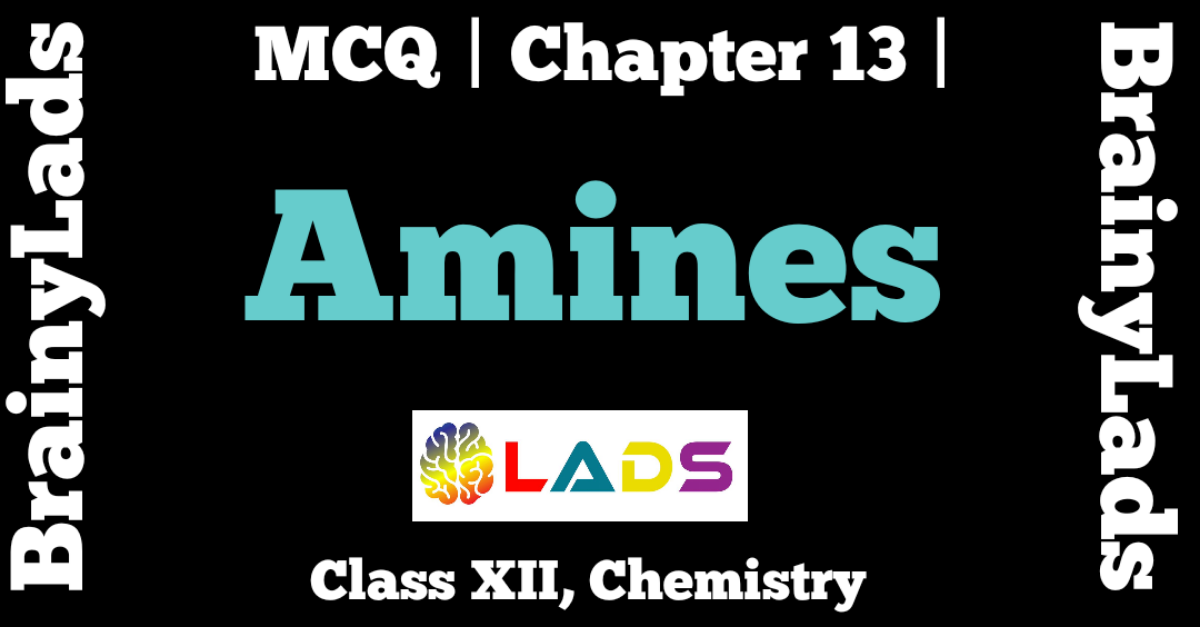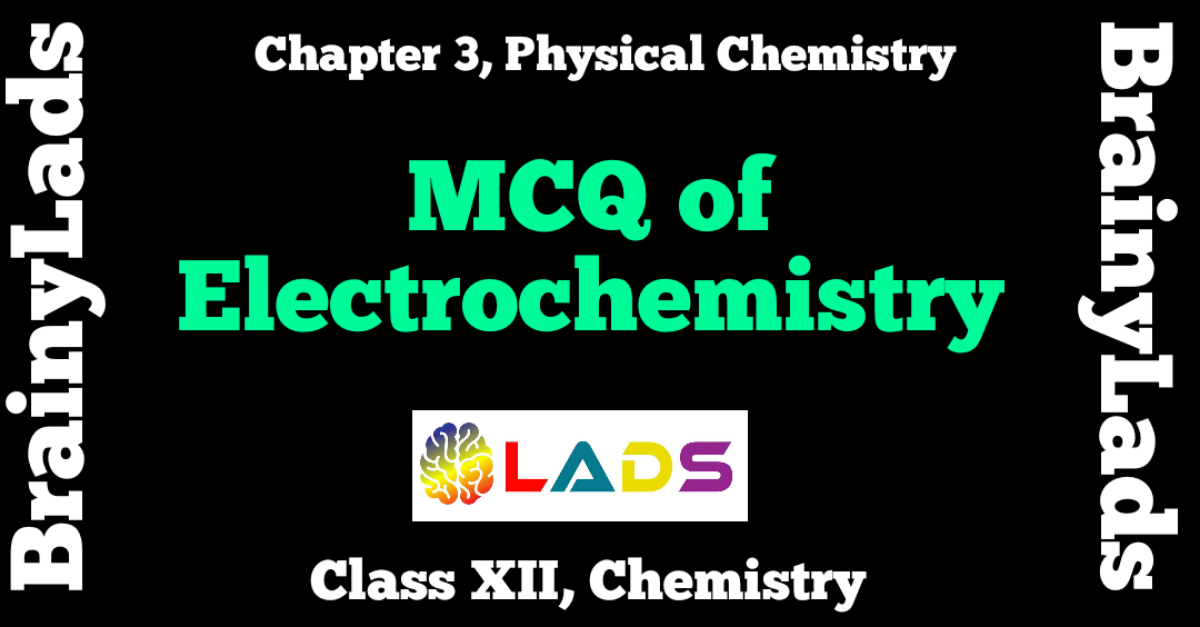MCQ of Biomolecules | Chapter 14 | Chemistry | Class 12 | CBSE |
MCQ of Biomolecules | Multiple Choice Questions of Biomolecules
MCQ of Biomolecules
Question 1: Cellulose is a
- Hexapolysaccharide
- Pentapolysaccharide
- Tripolysaccharide
- None of these
Answer: D (None of these)
Question 2: Which of the following is an example of aldopentose?
- D-Ribose
- Glyceraldehyde
- Fructose
- Erythrose
Answer: A (D-Ribose)
Question 3: Glycosidic linkage is an
- Amide linkage
- Ester linkage
- Ether linkage
- Acetyl linkage
Answer: C (Ether linkage)
Question 4: Which of the following statement is not true?
- Glucose and fructose both are monosaccharides
- The natural glucose and fructose are D-forms.
- The solution having equal molecules of D-glucose and D-fructose is termed as invert sugar.
- Aldohexoses exist in 26 optical forms.
Answer: D ( Aldohexoses exist in 26 optical forms)
Question 5: How many C atoms are there in a pyranose ring?
- 3
- 5
- 6
- 7
Answer: B (5)
Question 6: Starch is composed of two polysaccharides which are
- Amyloceptin and Glycogen
- Amylose and Glycogen
- Amylose and Amyloceptin
- Cellulose and Glycogen
Answer: C (Amylose and Amyloceptin)
Question 7: Which one of the amino acids can be synthesised in the body?
- Alanine
- Lysine
- Valine
- Histidine
Answer: A (Alanine)
Question 8: The number of amino acids required for protein synthesis is
- 20
- 25
- 10
- 100
Answer: A (20)
Question 9: In Fibrous proteins, the polypeptide chains are held together by
- Van der Waals forces
- Electrostatic forces of attraction
- Hydrogen bonds
- Covalent bonds
Answer: C (Hydrogen bonds)
You may also read MCQ of The Solid State, MCQ of Solutions, MCQ of Electrochemistry, MCQ of Chemical Kinetics, MCQ of Surface Chemistry, MCQ of General Principles and Processed of Isolation of Elements, MCQ of the p-Block Elements, MCQ of the d-And f-Block Elements, MCQ of Coordination Compounds, MCQ of Haloalkanes and Haloarenes, MCQ of Alcohols, Phenols and Ether, MCQ of Aldehydes, Ketones and Carboxylic Acids, MCQ of Amines, MCQ of Biomolecules, MCQ of Polymers, MCQ of Chemistry in Everyday Life
Question 10: Primary structure of protein is
- Sequence in which α amino acids are linked to one another
- Sequence in which amino acids of one polypeptide chain are joined to another chain
- The folding patterns of polypeptide chains
- The pattern in which the polypeptide chains are arranged
Answer: A (Sequence in which α amino acids are linked to one another)
Question 11: Secondary structure of protein refers to
- Sequence of amino acids in polypeptide chains
- Bonds between alternate polypeptide chains
- Folding patterns of polypeptide chain
- Bonding between NH3+ and COO¯ of two peptides.
Answer: C (Folding pattern of polypeptide chain)
Question 12: Denaturation of protein leads to loss of its biological activity by
- Formation of amino acids
- Loss of primary structure
- Loss of both primary and secondary structures
- Loss of both secondary and tertiary structures
Answer: D (Loss of both secondary and tertiary structures)
Question 13: On boiling the egg, what structural changes are taking place in the egg white?
- The colour of the egg changes from colourless to white
- 2º and 3º structures are destroyed but primary structure remain intact.
- 1º, 2º and 3º structures of egg are destroyed.
- A reversible change take place which can be reversed by decreasing the temperature.
Answer: B (2º and 3º structures are destroyed but primary structure remain intact)
Question 14: Which of the following bases is not present in DNA ?
- Adenine
- Uracil
- Thymine
- Cytosine
Answer: B (Uracil)
Question 15: The two main differences between RNA and DNA are
- Ribose sugar and thymine in RNA
- Deoxyribose sugar and uracil in DNA
- Ribose sugar and uracil in RNA
- Deoxyribose sugar and guanine in DNA
Answer: C (Ribose sugar and uracil in RNA)
Question 16: In a protein molecule various amino acids are linked together by
- Peptide bond
- Dative bond
- α-Glycosidic bond
- β-Glycosidic bond
Answer: A (Peptide bond)
Question 18: Which of the following statement is not true about RNA?
- It is present in the nucleus of the cell.
- It has always double stranded α- helix structure.
- It controls the synthesis of protein
- It usually does not replicate
Answer: B ( It has always double stranded α- helix structure )
Question 19: Which of the following reaction of glucose can be explained only by its cyclic structure?
- Glucose forms pentaacetate
- Glucose reacts with hydroxylamine to form an oxime
- Pentaacetate of glucose does not react with hydroxylamine
- Glucose is oxidised by nitric acid to gluconic acid
Answer: C ( Pentaacetate of glucose does not react with hydroxylamine )
Question 20: A unit in nucleic acid which contains ‘base sugar phosphate’ unit is called
- Nucleotide
- Nucleoside
- Phosphotide
- Polypeptide
Answer: A (Nucleotide)
Do share the post if you liked it. For more updates, keep logging on BrainyLads



